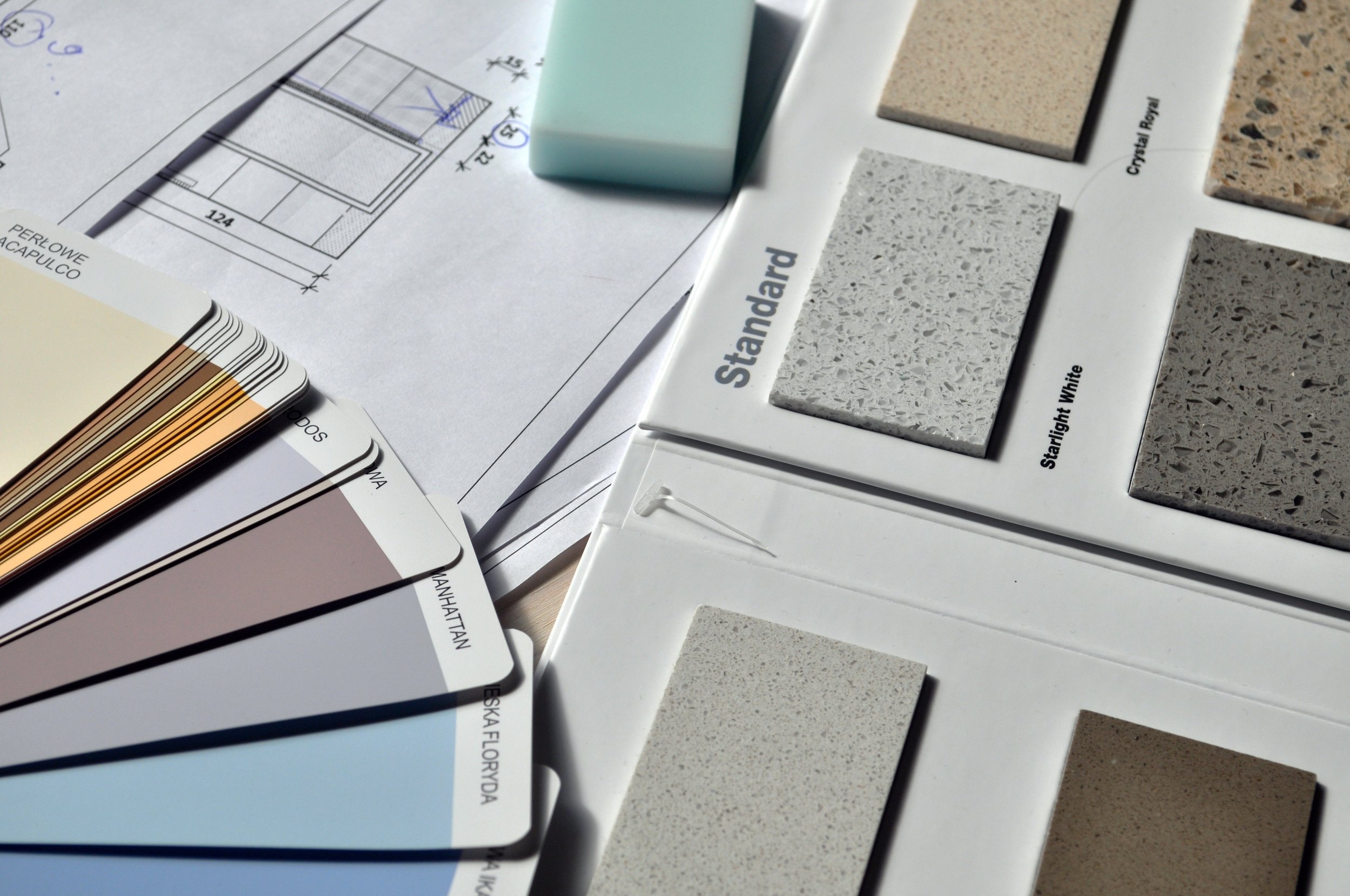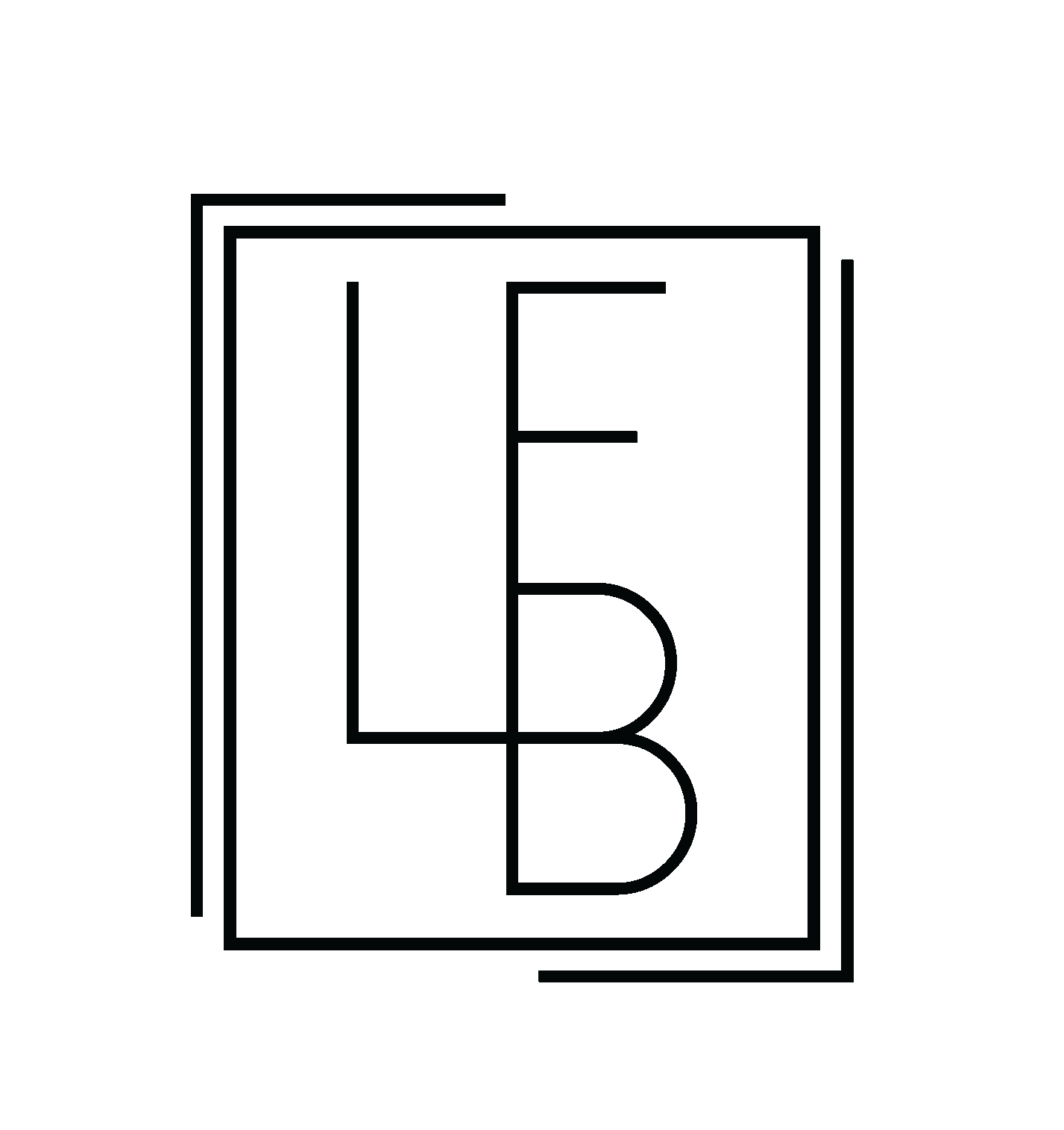
BLOG
It’s your color correspondent Lauren, blogging about my work and musings as I color my way across the globe in 2020 and beyond!
Archive
- October 2017
- June 2018
- July 2018
- August 2018
- September 2018
- October 2018
- January 2019
- November 2019
- December 2019
- January 2020
- March 2020
- November 2020
- April 2021
- May 2021
- June 2022
- October 2022
- November 2022
- December 2022
- January 2023
- February 2023
- March 2023
- April 2023
- May 2023
- June 2023
- September 2023
- October 2023
- November 2023
- January 2024
- February 2024
- March 2024
- June 2024

